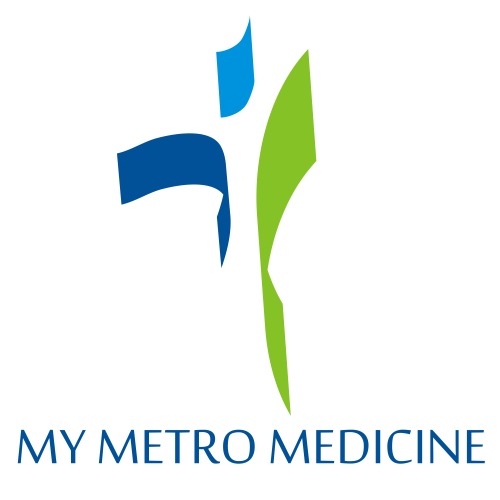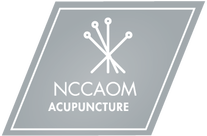|
The blog you are about to read was an assignment in a communications class I recently taught at the Virginia University of Integrative Medicine (VUIM). Students were asked to answer two questions: (1) "Where do you see Oriental Medicine in the future?" and (2) "How will you be a part of it?" This is one of the blogs we decided to publish. Please enjoy and remember to leave a comment below! Great job, Ming!
Written By Ming Su
(Master's of Acupuncture Student at VUIM)
I believe that Oriental Medicine (or Traditional Chinese Medicine) has a bright future ahead in the 21st century and beyond. Oriental Medicine is a holistic medical treatment which incorporates the use of acupuncture, herbs, moxibustion, physical therapies, and lifestyle changes to restore balance within the body. Traditional Chinese Medicine (TCM) is one of the oldest continuous systems of medicine in history, with recorded instances dating as far back as 2,500 years. Many TCM treatments are more effective than western medicine, especially in treating chronic conditions. For thousands of years, TCM has been based on the observation of humans; the evolution of humans is ongoing, but they have not changed much for the last 600,000 years. Therefore, clinical data collected by TCM will be applicable to the current human population, if we can understand how to utilize this information.
TCM offers a window into the body without any invasive or time-consuming procedures.
For example, a TCM diagnosis can reveal many conditions that modern image technology cannot reveal or detect. Often times, there is something going on inside a human body that causes the person to feel sick, but there is no detectable mass or visible deformity that shows up in any image reading. Most of time if you can see it, it is already too late. One of the major differences between Western medicine and Traditional Chinese Medicine is the manner of treatment and procedures. While Western medicine is more fast-acting, it can be more invasive and the drugs prescribed to patients can also have unwanted side effects. One of the main benefits of Western medicine, however, is technology. Modern image technology can offer very detailed and precise images of the body that can help pinpoint the problem. On the other hand, TCM offers a window into the body without any invasive or time-consuming procedures. The best value for the patient is to combine aspects of both TCM and modern western medicine, which leads us to the next topic: Integrative Medicine. Integrative medicine will provide a great value to humanity. In the past, there have been many conflicts between TCM practitioners and Western medicine doctors due to misunderstandings. I am very confident that the integration of TCM and Western medicine will provide tremendous benefits in caring for human beings. That is why I believe TCM has a bright future.
|
Posted here are...inspirational ideas on healthy living through eastern medicine, optimism, and possibility through empowerment. Archives
March 2020
Categories
All
|
HOURS & LocationMondays-Thursdays 5:30-6:30pm (Tai Chi & Qigong only)
Fridays 5:00-6:00pm (Tai Chi & Qigong only) Saturdays 1:00-6:00pm (Acupuncture only) |
CONTACT Us |


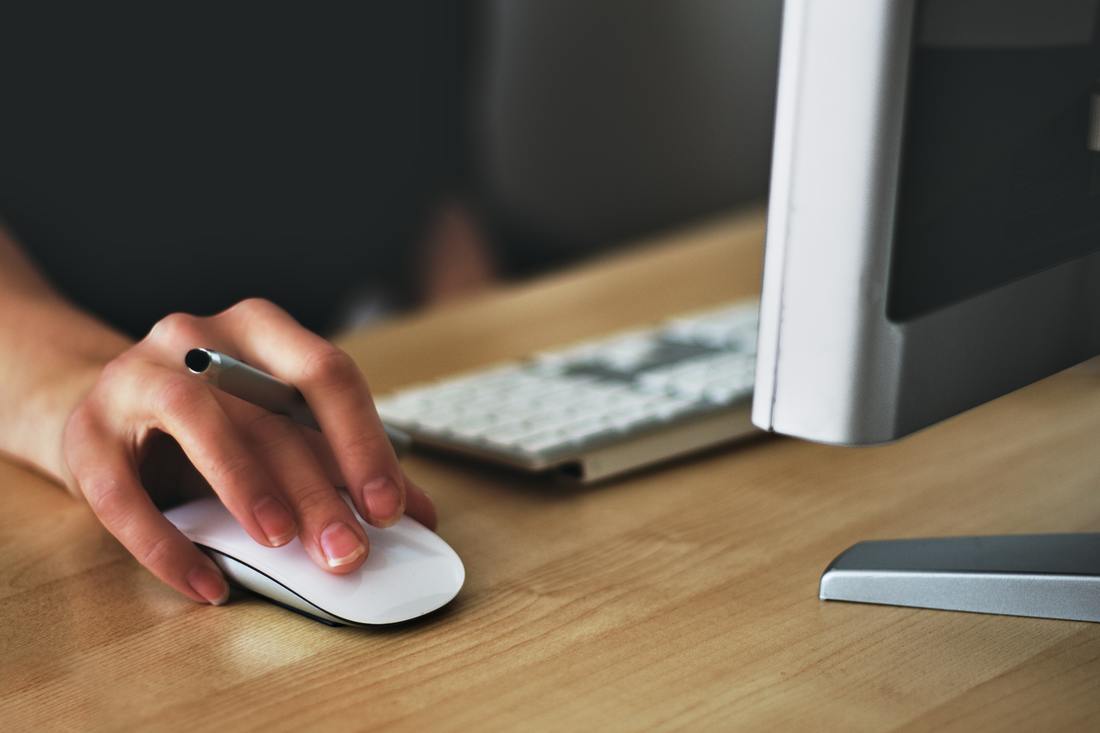

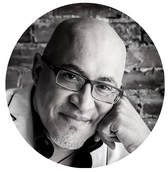
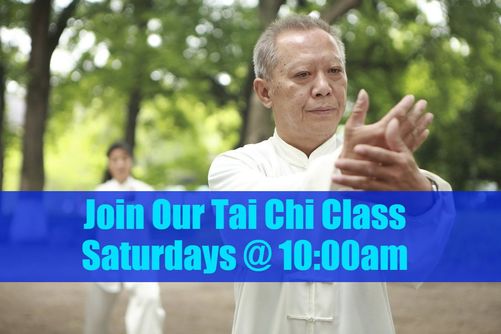

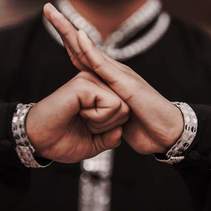


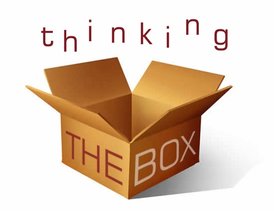


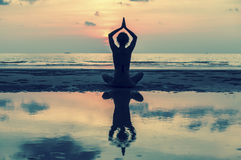

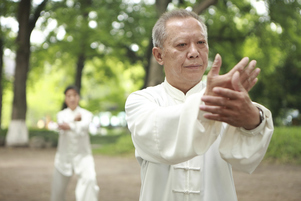

 RSS Feed
RSS Feed
